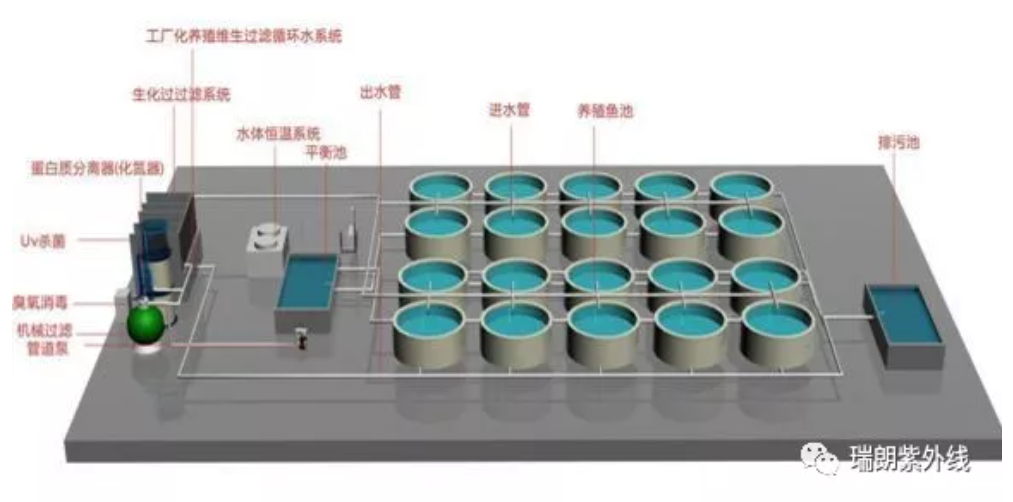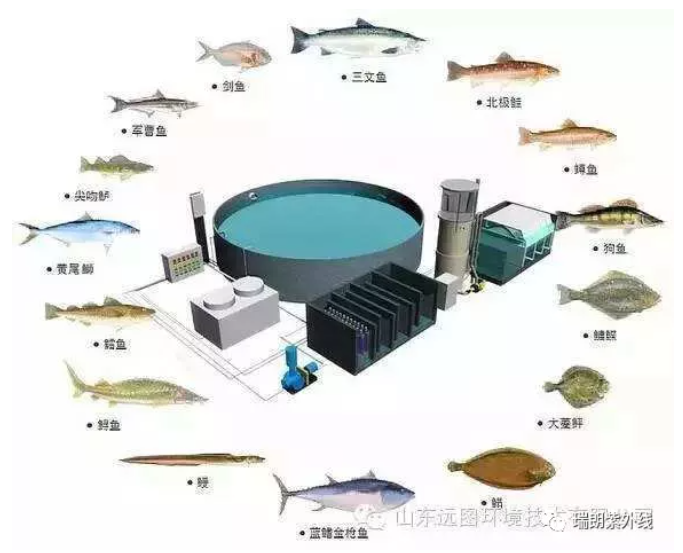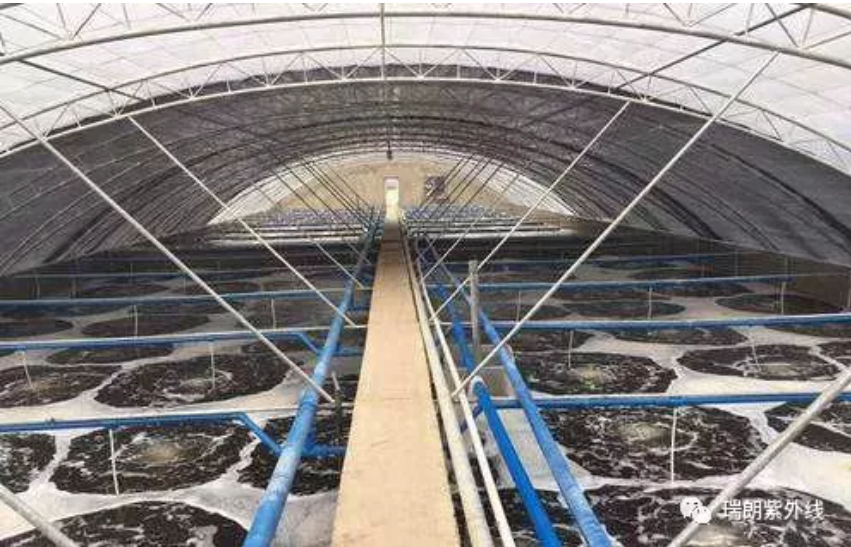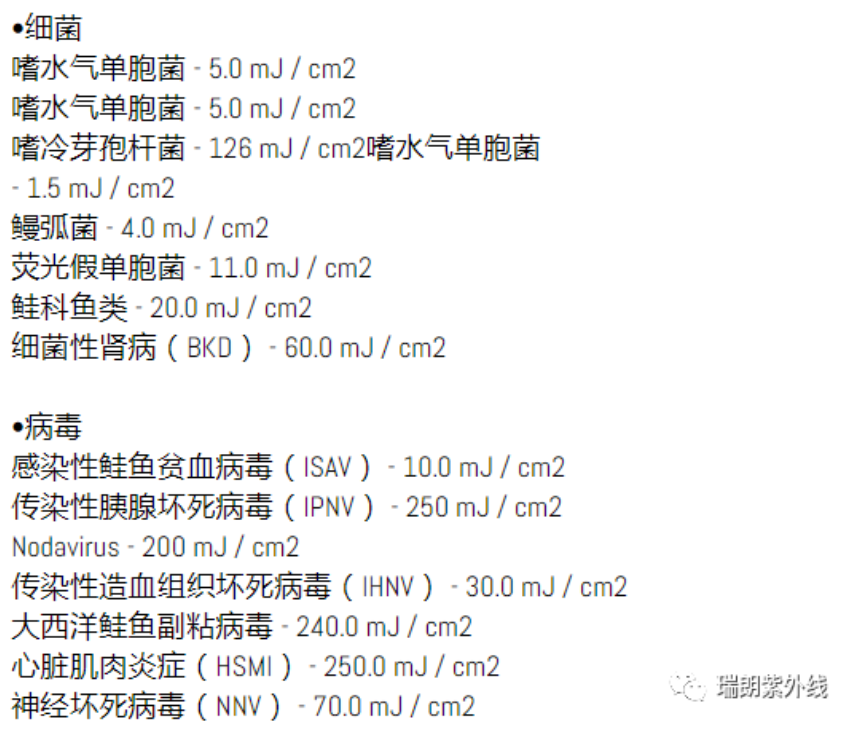No.1 What is RAS
The full name of RAS is a recirculating aquaculture system. It is a typical indoor system that allows farmers to control environmental conditions (temperature, pH, oxygen content, etc.) throughout the year. The water body that needs to be replaced is limited to the water lost due to evaporation and cleaning, and the reuse rate of water resources can reach more than 90%.
The cost of constructing RAS is generally higher than that of pond or cage aquaculture. Generally applicable countries and regions are located in areas where coastal land costs and labor costs are high.

RAS 养殖流程
No.2RAS advantage
Although the recirculating aquaculture system is expensive to build, it also has its advantages over natural aquaculture.

RAS 养殖
- Completely control the living environment of fish;
- Low water consumption and efficient energy use;
- Effective land use;
- Optimal feeding strategy;
- Easy to grade and harvest aquatic products;
- Disease prevention and control;
- Minimize environmental pollution (discharge of solids and waste liquids)
- It is very suitable for breeding high-value fish such as salmon, sturgeon, eel, turbot, perch, etc.
No.3RAS Necessary for efficient operation
For the RAS system, the consistent application of various resources can maintain the most efficient operation of the system. Raw water conditions and circulating water treatment are the most important links.

RAS breeding systems will use ultraviolet light for water quality management and disease prevention.
Ultraviolet disinfection system is a disinfection device for biological treatment of water, in which ultraviolet radiation directly targets the destruction of microbial genetic material (DNA and RNA).
The comparative advantage of the UV disinfection system over various chemical disinfection methods is that the physical and chemical composition of the water is not affected after the UV radiation activity. UV is effective for any type of microorganisms such as algae, bacteria, viruses, fungi, yeast and ozone gas.
Ultraviolet rays have an excellent killing effect on a variety of fish pathogens, such as viral hemorrhagic sepsis (VHS), infectious pancreatic necrosis (IPN), bacterial kidney disease (BKD), intestinal pink mouth disease (ERD), cold water disease (CWD), viral nerve necrosis (VNN), fish pubic lice (white spot syndrome), and water mold (fungal diseases) can all get good sterilization effects.

Ruilang has been deeply involved in the UV industry for 26 years and has extensive project experience and system design capabilities.
Renownuv Vision: By focusing on the continuous development of products and services to guide customer needs, become a professional company recognized by global users.
Renownuv mission: establish a highly competitive technology company through a unique culture, provide customers with excellent products, and enable them to establish a deep relationship with the company.
This article is Renownuv’s original article, please attach the source for reprinting:www.renownuv.com


